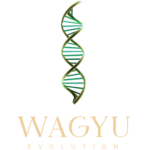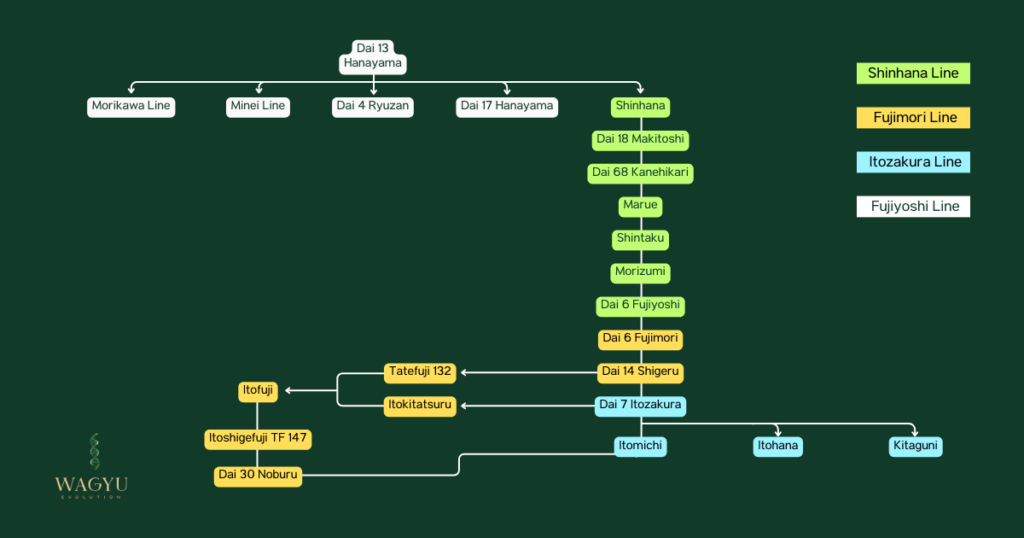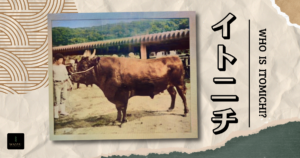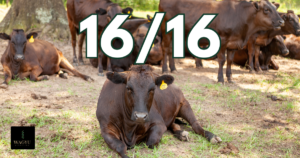The Fujimori Ancestry Line Deep Dive
Table of Contents
Historically, Wagyu cattle were used as working animals and were selectively bred in the Chugoku region for superior working traits. By the late Edo period, the most exceptional lineages were called “Tsuru” and were highly valued.
The term “Tsuru” derives from the similarity to a plant vine that produces many identical fruits, indicating that a lineage of cattle with superior traits could be traced back to a common ancestor. Cattle belonging to a Tsuru lineage were called “Tsuru-ushi” and fetched high prices in the market.
In the former Shingo Village, now Niimi City, the oldest Tsuru lineage, Takenotani-tsuru, originated.
Dai 13 Hanayama – The Ancestor of Dai 6 Fujimori
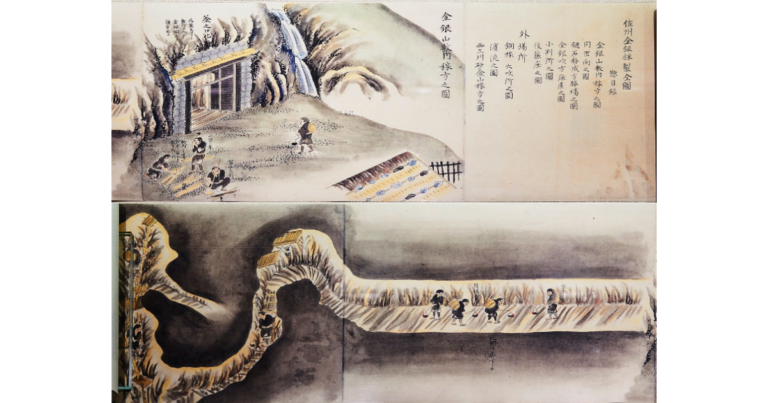
Fig 1. The Mining & Steelmaking Industry In The Edo Period
During the Edo period, the region’s need for cattle arose from the demand for large quantities of sand iron and charcoal for the thriving tatara (traditional Japanese steelmaking) industry. The establishment of Takenotani-tsuru began when two superior heifer calves were born from an imported superior cow. Observing their excellence, breeders engaged in inbreeding, mating the resulting male offspring with the mother cow.
The superior quality of these calves led to the recognition and promotion of the “Takenotani-tsuru” lineage, which became highly valued (Inoue, 2003). To maintain this lineage, breeders developed a method of alternating the breeding of two homegrown bulls. Although it is rare to find clear examples of bull usage during the creation of Tsuru cattle, the production of superior cattle through inbreeding and careful selection of individuals with similar superior traits became the foundational method for creating Tsuru cattle.
The method of fixing superior traits throughout the group involved inbreeding and rigorous selection to increase the proportion of homozygous genes. This approach is akin to Bakewell’s breeding methods in modern livestock breeding science, and was independently practiced in Japan and represents a commendable achievement by our predecessors in livestock improvement (Habu, 1949).
Takenotani-tsuru cattle were characterized by larger body sizes (height of 121 cm or more, compared to 103–115 cm for typical Japanese Black females at the time), good growth, gentle temperament, high milk production, reproductive endurance, longevity, and resistance to aging. These traits were well inherited, making them the prototype of the Okayama line of Japanese Black cattle. These characteristics led to the creation of several offshoot Tsuru lineages, particularly thriving in Tottori Prefecture’s Hino District and Shimane Prefecture’s Nita District.
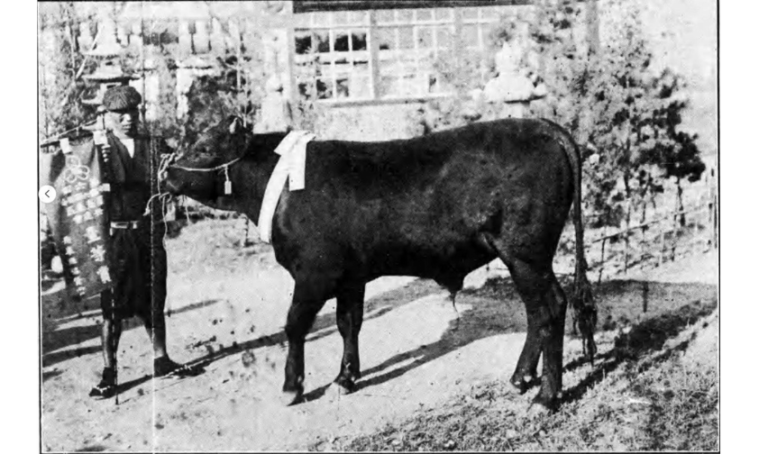
Fig 2. Meiji Era Wagyu Farmer
In the Meiji era, nationwide improvement of Wagyu cattle involved crossbreeding with foreign breeds such as Shorthorn, Devon, Brown Swiss, Jersey, Ayrshire, and Holstein. Even though the Okayama Prefecture introduced foreign breeds in order to follow this trend, the strong advocacy for preserving Wagyu resulted in fewer introductions compared to other regions like Tottori and Hyogo. Consequently, the areas producing Takenotani-tsuru cattle remained largely unaffected by hybridization policies (Matsuo, 1955; Okayama Prefecture Livestock History Editing Committee, 1980).
Until the Taisho era, lineages were continued through the females, and bulls were merely recognized as breeding tools. However, the offspring results from bulls derived from Takenotani-tsuru were remarkable, leading to the production of many breeding bulls from this lineage. Thus, the system of creating lineages through breeding bulls derived from Takenotani-tsuru began.
In the late Taisho era, the bull “13th Hanayama,” derived from the Takenotani-tsuru lineage, produced exceptionally superior offspring. His descendants, including “4th Shimomae,” “6th Seikoku,” and “6th Fujiyoshi,” became the founders of their respective lineages.
From this lineage came the notable sire, “Dai 13 Hanayama” (born in 1920, from Achi District, Okayama Prefecture), known for his exceptional qualities. The Takenotani lineage was renowned for its large size, and according to the first edition of the “Comprehensive Record of Wagyu Sires” published by the National Wagyu Registration Association in 1974.
Dai 13 Hanayama had an extraordinary height of 142 cm, an impressive stature for the time. Despite some minor flaws, such as a slightly hunched back, dark coat, and less-than-ideal horns, he was well-proportioned with good beef cattle conformation, excelling in rump, quality, and refinement. Notably, he significantly contributed to improving the then-common sloping rumps. As a result, Dai 13 Hanayama’s descendants spread throughout Okayama Prefecture, leading to the emergence of the Shimomae, Seikoku, and Fujiyoshi lines.
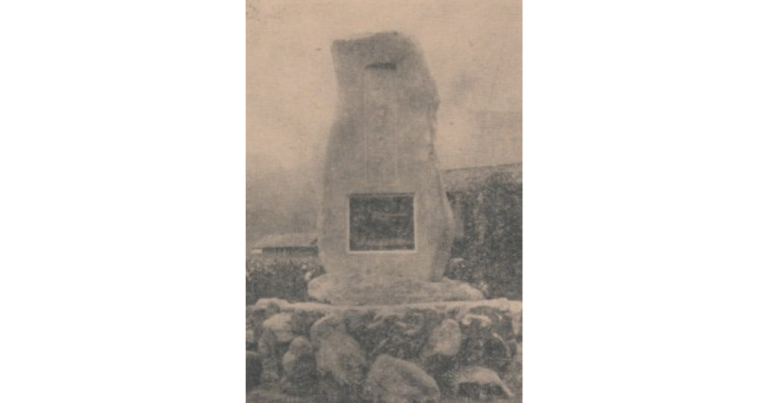
Fig 3. Dai 13 Hanayama’s Grave
The Birth of Dai 6 Fujimori
At the time, bull breeding in Okayama Prefecture was centered in the northwest Achi District, where many lineages developed. However, the Fujiyoshi line had a different trajectory. Dai 6 Fujimori, eight generations from the original Dai 13 Hanayama, was born in the neighboring Kawakami District, close to Hiroshima Prefecture. Following the introduction of Morizumi, the seventh generation from Dai 13 Hanayama, to Okutsu Town in the north of Tomata District, Morizumi was bred with “Dai 1 Fujiyoshi,” a local lineage. This breeding resulted in the birth of “Dai 6 Fujimori ” in May 9 1956.
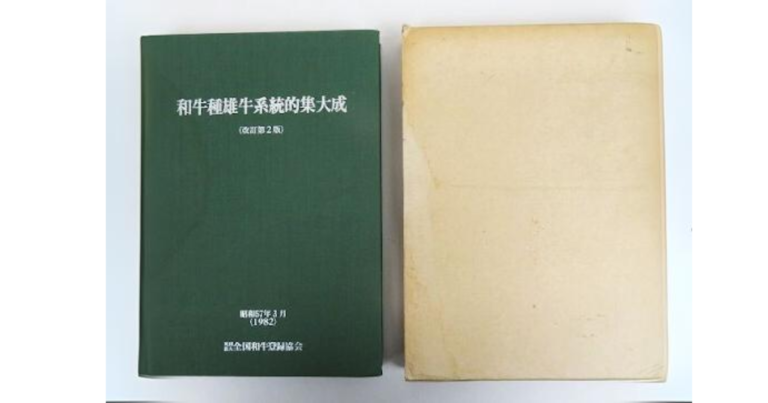
Fig 4. Comprehensive Record of Wagyu Sires
According to the “Comprehensive Record of Wagyu Sires,” Dai 6 Fujimori had a height of 142.6 cm and was known for his deep body, good back and loin structure, and well-formed udder and rump. However, he also had some shortcomings, such as a hunched back, overly dark coat, white horns, and less-than-ideal front quarters and thighs.
Raised by Mr. Morita in Okutsu Village, the calves from this sire have consistently shown excellent breeding results, leading to significant interest in the Fujiyoshi line in Okutsu, Kagamino, and Hade areas. This led to increased attention within the district, and eventually, with the strong promotion by the local enthusiast, Mr. Atsushi Imori, the decision was made to breed bulls in this line.
Tomata District was not as prominent a Wagyu breeding area as Achi or Maniwa Districts, and Dai 6 Fujimori did not sire many offspring when he was active from April 20, 1958, to March 20, 1966. However, due to his excellent meat production capabilities, the “Fujimori Line Bull Breeding Association” was established in Tomata District to maintain this bloodline through intra-line breeding. Thus, the Fujimori line branched from the Dai 13 Hanayama line, but it remained relatively minor within Okayama Prefecture.
References
https://www.pref.okinawa.lg.jp/_res/projects/default_project/_page_/001/011/276/19_01_1981_19-01_03-01_nikuyougyuu-ikushu_kairyou.pdf
https://ja-shimane.jp/img/tiku/unnan/agri/wagyu/tyousasyo.pdf
https://okayama.lin.gr.jp/tikusandayori/s2508/tks03.htm
